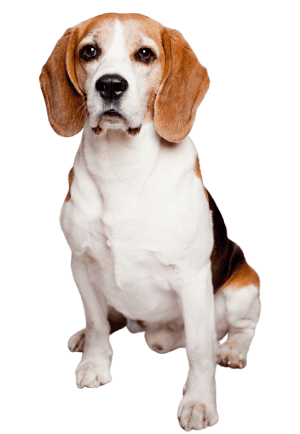
Microbubble Technology
Microbubble technology is an innovative field that involves the creation and application of tiny gas-filled bubbles, typically ranging in size from a few micrometers to a few millimeters in diameter. These microbubbles find utility in various industries and applications due to their unique properties and characteristics.
What Are Microbubbles Made From?
The creation of microbubbles usually involves the introduction of a gas, such as air or a biocompatible gas like perfluorocarbon, into a liquid medium through a variety of techniques. These techniques can include mechanical agitation, sonication, or the use of specialized equipment like microfluidic devices. Once formed, the bubbles are stabilized by surfactants or other surface-active agents, which help to maintain their integrity and prevent coalescence.
Microbubble Technology For Dog Grooming
Microbubble technology is an innovative approach to dog grooming that utilizes tiny bubbles to clean and refresh a dog’s skin and coat. It is particularly effective in removing dirt, debris, and allergens from the fur while promoting overall skin health. Here’s how microbubble technology works in dog grooming:
- Microbubble Generation: Specialized grooming equipment is used to create a dense cloud of microscopic bubbles. These bubbles are typically smaller than the pores on a dog’s skin, allowing them to penetrate deep into the fur.
- Penetration and Cleansing: As the microbubbles come into contact with the dog’s fur, they penetrate through the hair follicles, reaching the skin’s surface. This deep penetration helps to dislodge dirt, oils, dander, and other impurities that are trapped in the coat.
- Gentle Cleaning Action: Microbubbles work through a process called cavitation, where the bubbles collapse and release energy upon contact. This energy helps to break down and lift away dirt particles without the need for harsh chemicals or excessive scrubbing. The process is generally gentle and soothing for the dog.
- Skin and Coat Benefits: Microbubbles have a massaging effect on the skin, stimulating blood circulation and promoting a healthier coat. They can help relieve itching and irritation, reduce odors, and improve overall skin condition. The cleansing action of microbubbles can be particularly beneficial for dogs with sensitive skin or allergies.
- Water Efficiency: Microbubble technology requires significantly less water compared to traditional bathing methods. The dense cloud of bubbles maximizes the cleaning power with minimal water usage, making it an eco-friendly option.
It’s important to note that while microbubble technology can be a valuable tool in dog grooming, it is not a substitute for regular bathing. Traditional shampooing and rinsing should still be included in a dog’s grooming routine. Microbubble technology can complement these traditional methods by providing a deeper level of cleaning and skin rejuvenation.
When considering microbubble technology for dog grooming, it’s best to consult with a professional groomer or a pet salon that offers this service. They can provide specific information on the equipment used, the benefits for your dog’s breed and coat type, and any additional grooming techniques that may be incorporated alongside microbubble technology.
Medical Uses of Microbubble Technology
Microbubbles have gained significant attention in the medical field, particularly in medical imaging and therapeutic applications. In medical imaging, microbubbles are used as contrast agents to enhance the visibility of blood vessels and organs in ultrasound imaging. When introduced into the bloodstream, these bubbles resonate in response to ultrasound waves, producing strong echo signals that allow for clearer and more detailed imaging of the area of interest.
Drug Delivery & Localized Therapy’s
Furthermore, microbubbles hold promise in targeted drug delivery and localized therapy. Their small size and ability to circulate through the bloodstream make them suitable carriers for drugs, genes, or other therapeutic agents. By attaching specific molecules to the surface of the microbubbles, they can be directed to specific tissues or cells within the body, increasing the efficacy of the treatment while minimizing side effects.
Microbubbles Other Uses
Microbubble technology also finds applications beyond the medical field.
Environmental Uses of Microbubbles
In environmental science and water treatment, microbubbles can be employed for the efficient removal of contaminants, such as organic compounds or heavy metals, from water sources. The high surface area-to-volume ratio of microbubbles enables enhanced mass transfer and interaction with pollutants, facilitating their separation and purification.
Scientific Material
In the field of materials science, microbubbles are utilized in the synthesis of advanced materials, including foams, aerogels, and lightweight composites. By incorporating microbubbles into the structure of these materials, their mechanical properties can be tailored, resulting in improved strength, thermal insulation, and acoustic damping capabilities.
The Challenges With Microbubbles
While microbubble technology holds great potential across multiple disciplines, there are still challenges to overcome. The stability and lifespan of microbubbles, control over their size distribution, and ensuring their biocompatibility are areas of ongoing research and development.
In Conclusion
Overall, microbubble technology is a rapidly evolving field with broad applications in medicine, environmental science, materials engineering, and beyond. Continued advancements in microbubble generation, manipulation, and characterization are expected to unlock further opportunities for this versatile technology, leading to exciting breakthroughs in various sectors.




